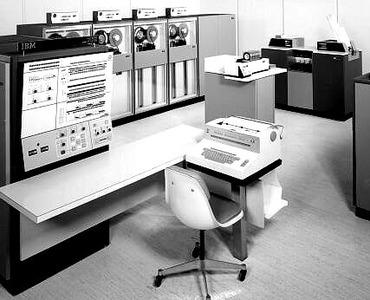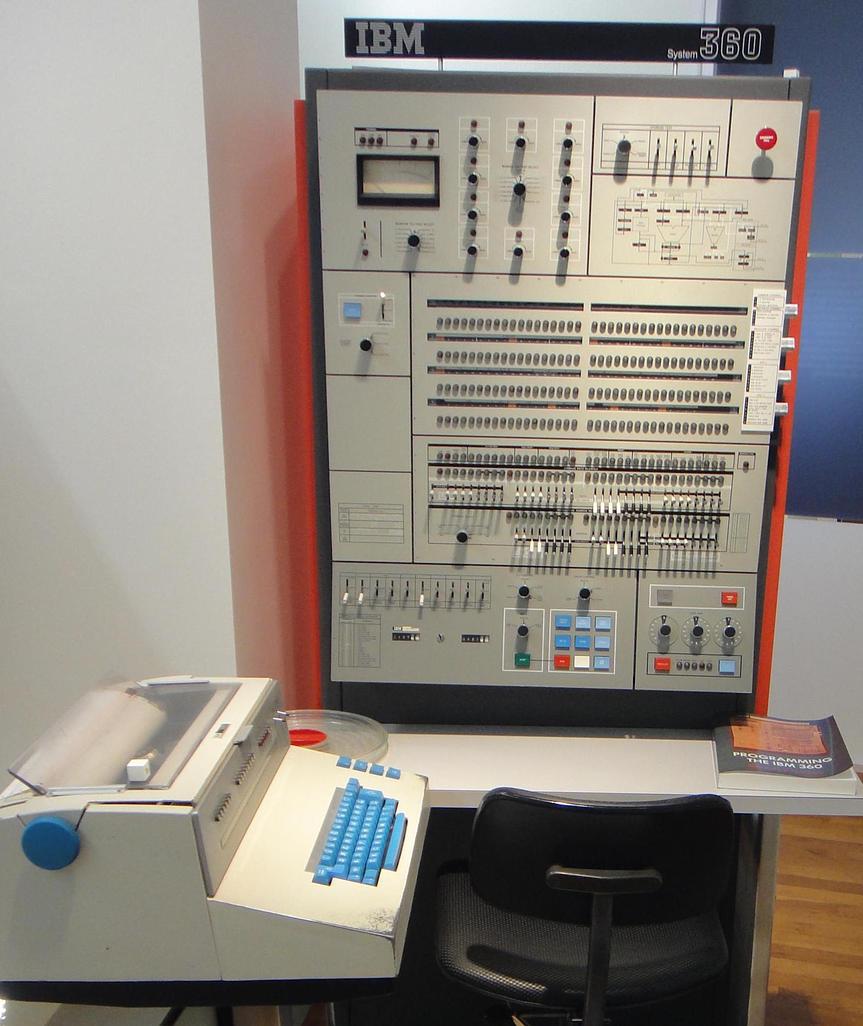
The IBM System/360 Model 40 told you to WHAT now?
Who, Me? A Register reader is tripped up by the curse of software updates decades before Patch Tuesday was a twinkle in Microsoft's eye. Some things never change. Welcome to Who, Me?
Our story this week comes from "Ivor" courtesy of his experience with punched cards and the IBM System/360 Model 40.
This particular bit of kit was aimed at businesses that had outgrown more simplistic hardware. There were rows of lights, magnetic tape, and dryer-sized magnetic disk units. CRTs had yet to make an appearance at Ivor's facility, but punch cards were still in use for programming purposes.
And output? Via a typewriter that chugged along at around 12-15 characters per second.
After spitting out whatever message it needed to, the computer would use the typewriter to punch out "READY FOR COMMUNICATIONS" – informative, yes. Performant? Not really. Not when one considers how many times per day the operators were presented with the message.
"Luckily," said Ivor, "at that time in their history, IBM provided the operating system as a box of punched cards (source code) that were assembled into executables and so for those interested, one could replace a few or many punched cards and modify the operating system.
"There were magazines that published code modifications for various improvements and as a junior assistant system administrator, a code update that would reduce the operator message to something shorter seemed like a great improvement."
So the next time the system was updated, Ivor made a change. The message text got updated and, in a different module, the length in the print command was set to two.

"Operations staff loved me," he recalled happily, "as now they were presented with 'GO' instead of the lengthy previous status message."
Months went by. Ivor moved on to other projects. He was therefore unprepared when the inevitable phone call came in.
It transpired that something odd had happened to his message. Software updates, you see, were issued every six months and somebody had helpfully fed them into the computer. One update was to the module responsible for printing the status message, effectively backing out of Ivor's two-character speed up.
The operators were a bit alarmed by the output.
"What the hell is that?" demanded the datacenter manager, pointing to the console typewriter.
Ivor peered at the page. Instead of just a cheery "GO", the entire message had been printed. And Ivor had been a very naughty boy indeed.
The "GO" was still there, but was followed by a strongly worded suggestion (in deference to more delicate eyes) that the operator might like to, er, go away.
The message had been repeated over and over again.
"It seems the latest update had replaced the print command with one with the original message length, but my replacement message which had never seen the light of day due to a truncated print command message length was now exposed to all."
Ah, the delight of receiving a call when a long-forgotten bit of code explodes in a user's face. Would you have hurriedly solved the problem, or adopted a funny voice and pretended the caller had dialed a wrong number? Confess all with an email to Who, Me? ®
}})